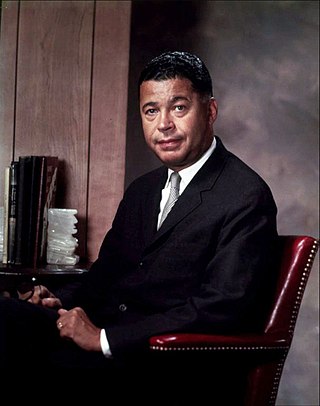
Edward William Brooke III was an American lawyer and politician who represented Massachusetts in the United States Senate from 1967 to 1979. A member of the Republican Party, he was the first African American elected to the United States Senate by popular vote. Prior to serving in the Senate, he served as the Attorney General of the Commonwealth of Massachusetts from 1963 until 1967.

Charles Follen McKim was an American Beaux-Arts architect of the late 19th century. Along with William Rutherford Mead and Stanford White, he provided the architectural expertise as a member of the partnership McKim, Mead & White.

Presidential dollar coins are a series of United States dollar coins with engravings of relief portraits of U.S. presidents on the obverse and the Statue of Liberty on the reverse.

The Congressional Gold Medal is an award bestowed by the United States Congress. It is the highest civilian award in the United States, alongside the Presidential Medal of Freedom. The Gold Medal seeks to impart the highest expression of national appreciation for distinguished achievements and contributions by individuals or institutions.
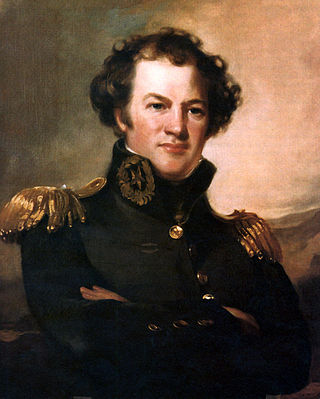
Alexander Macomb was the Commanding General of the United States Army from May 29, 1828, until his death on June 25, 1841. Macomb was the field commander at the Battle of Plattsburgh during the War of 1812 and, after the stunning victory, was lauded with praise and styled "The Hero of Plattsburgh" by some of the American press. He was promoted to Major General for his conduct, receiving both the Thanks of Congress and a Congressional Gold Medal.
The Battle of Paulus Hook was fought on August 19, 1779, between Continental Army and British forces in the American Revolutionary War. The Patriots were led by Major Light Horse Harry Lee, and launched a nighttime raid on the British-controlled fort in what is today downtown Jersey City. They surprised the British, taking 158 prisoners, and withdrew with the approach of daylight. Despite retaining the fort and its cannons, the British lost much of their control over New Jersey. Lee was rewarded by the Second Continental Congress with a gold medal, the only non-general to receive such an award during the war.

Tudor Place is a Federal-style mansion in Washington, D.C. that was originally the home of Thomas Peter and his wife, Martha Parke Custis Peter, a granddaughter of Martha Washington. The property, comprising one city block on the crest of Georgetown Heights, had an excellent view of the Potomac River.

A Congressional Silver Medal is an award bestowed by the United States Congress. They have been made in either non-portable or decoration form.
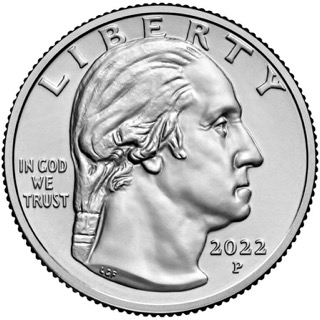
The Washington quarter is the present quarter dollar or 25-cent piece issued by the United States Mint. The coin was first struck in 1932; the original version was designed by sculptor John Flanagan.
The Thanks of Congress is a series of formal resolutions passed by the United States Congress originally to extend the government's formal thanks for significant victories or impressive actions by American military commanders and their troops. Although it began during the American Revolutionary War, the practice peaked during the American Civil War. Similarly, the Confederate Congress also passed resolutions honoring extraordinary performance to individuals or military units.

Domício da Gama was a Brazilian journalist, diplomat and writer. He was Brazil's ambassador to the United States from 1911 to 1918. In 1918 he became Brazil's minister of Foreign Affairs. From 1919 to 1924, he served as Brazil's ambassador to the United Kingdom.

The Niagara Falls peace conference, sometimes referred to as the ABC Conference, started on May 20, 1914, when representatives from Argentina, Brazil and Chile—the ABC Powers—met in Niagara Falls, Canada, for diplomatic negotiations in order to avoid war between the United States and Mexico, during the era of the Mexican Revolution.
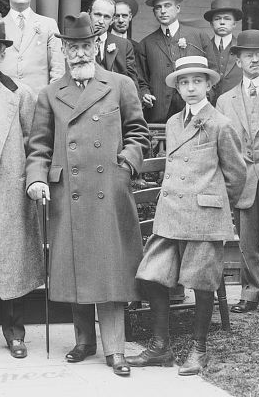
Eduardo Suárez Mujica, was the Chilean Ambassador to the United States in 1914 and the Minister of Foreign Affairs from 1917 to 1918.

Rómulo Sebastián Naón Peralta Martínez (1875–1941), was an Argentine lawyer, politician and Ambassador to the United States from 1910 to 1919.
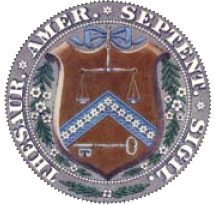
The United States Assay Commission was an agency of the U.S. federal government from 1792 to 1980. Its function was to supervise the annual testing of the gold, silver, and base metal coins produced by the United States Mint to ensure that they met specifications. Although some members were designated by statute, for the most part the commission, which was freshly appointed each year, consisted of prominent Americans, including numismatists. Appointment to the Assay Commission was eagerly sought after, in part because commissioners received a commemorative medal. These medals, different each year, are extremely rare, with the exception of the 1977 issue, which was sold to the general public.

The Medal of Honor (MOH) is the United States Armed Forces' highest military decoration and is awarded to recognize American soldiers, sailors, marines, airmen, guardians and coast guardsmen who have distinguished themselves by acts of valor. The medal is normally awarded by the President of the United States and is presented "in the name of the United States Congress."

The Lafayette dollar was a silver coin issued as part of the United States' participation in the Paris World's Fair of 1900. Depicting Gilbert du Motier, Marquis de Lafayette with George Washington, and designed by Chief Engraver Charles E. Barber, it was the only U.S. silver dollar commemorative prior to 1983, and the first U.S. coin to depict American citizens.

The United States Sesquicentennial coin issue consisted of a commemorative half dollar and quarter eagle struck in 1926 at the Philadelphia Mint for the 150th anniversary of American independence. The obverse of the half dollar features portraits of the first president, George Washington, and the president in 1926, Calvin Coolidge, making it the only American coin to depict a president in his lifetime.

The Norse-American medal was struck at the Philadelphia Mint in 1925, pursuant to an act of the United States Congress. It was issued for the 100th anniversary of the voyage of the ship Restauration, bringing early Norwegian immigrants to the United States.

















